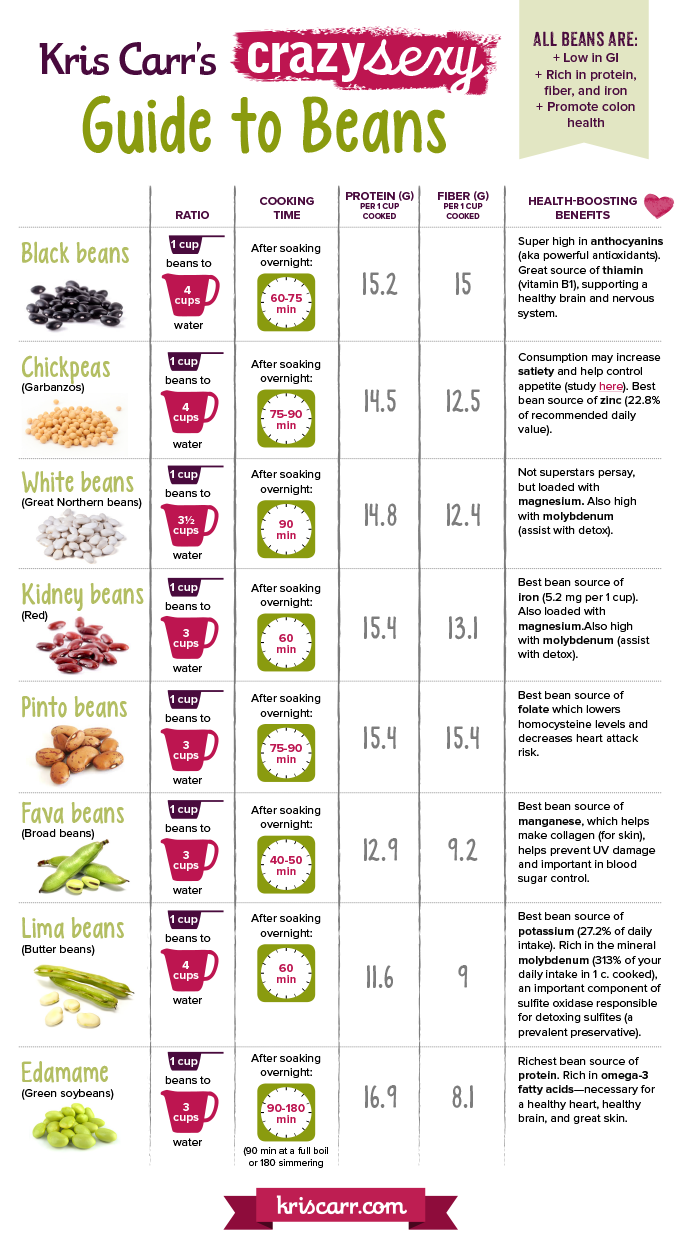...well that's how my stomach felt when I first started eating legumes. The topic came up the other day when I was chatting with a work colleague who had eaten more chickpeas than usual and was finding her stomach was less than thrilled with her. I then proceeded to analyse how she had prepared and cooked the chickpeas which lead me to this week's blog topic.
It's been over 18 months since I set sail on my vegan lifestyle and let me say the first few months of discovering legumes were very windy! Actually, it took me close to a year to truly figure out how to prepare and cook legumes so they didn't irritate my stomach and in between that there was a lot of "pregnant with twins" moments and some not so silent but deadlies. So I am going to share with you how I discovered to eat beans that are good for my heart and not make me fart.
But first, let's look at why it's important to integrate legumes into any diet especially a plant-based diet. Beans are a great source of protein and fibre so for the meat eaters out there that are trying to have a couple of vegetarian/vegan nights each week, swap your meat in curries to these fibrous bundles of goodness. For the vegetarians and vegans you will most likely have already discovered beans and their versatility - last week I had the most delicious chickpea brownie made by my beautiful work colleague (I am so spoilt! Here's the
recipe).
 |
| Goodies from my co-op buy. |
When you're eating a plant-based diet it is important to be mindful of how you're nourishing your body and ensuring you are getting the right balance of the nutrients your body requires i.e. eating "beige" plant food (read fried chips) is not going to cut the mustard. I was conscious of this from the beginning of my vegan adventure and beans started to go in almost all of my meals. As I started to clean up my diet I discovered the benefits of co-op buying where I could buy dried beans, nuts and superfoods in bulk and save $$$. I had no experience cooking dried beans and hence the many misadventures with my stomach! This lead me to do my own research and I have a few go-to resources for beans:
 |
| From Kris Carr's Crazy Sexy Wellness Website |
- Kris Carr's Crazy Sexy Guide to Beans - this is a great summary chart that has the water required for soaking, the cooking time required after an overnight soak, and the protein content per cup of cooked beans.
- Thermomix recipe book "A Taste of Vegetarian" - as soon as I bought my Thermie my next purchase was this recipe book along with Quirky Cooking by Jo Whitton. Both of these textbooks (yes, I call them textbooks - for me I refer to these books just as I would a pharmacy or a yoga text) outline how long to soak specific beans and how long to cook them for to ensure they are easily digestible.
 |
| Canellini beans, chickpeas, red and brown lentils | soaking. | | |
What I have personally discovered is that an overnight soak is best - I did try Jo's
quick soak method but for my stomach the quick soak method was not long enough. I thought this method would be great because it meant less meal planning. Alas, it was not meant to be, and the only way I could workaround not having to meal plan was to pre-cook my beans and freeze them. So now I always have a variety of pre-cooked beans in my freezer ready to use. To prepare my beans I soak one cup of dried beans in six cups of water overnight, drain, and then cook them in my Thermomix for the specified time - if you do not have a Thermomix you can cook them on the stove top. My only exception to this is lentils which do not require the overnight soak - I soak them for 3-6 hours before I cook them. Sarah Wilson has a great article on lentils and soaking/cooking times which you can read
here. Finally my stomach is happy with my bean-based meals and I can leave the feeling of being pregnant with twins to later on in life.



Hahaha loved reading this Cat! <3
ReplyDelete